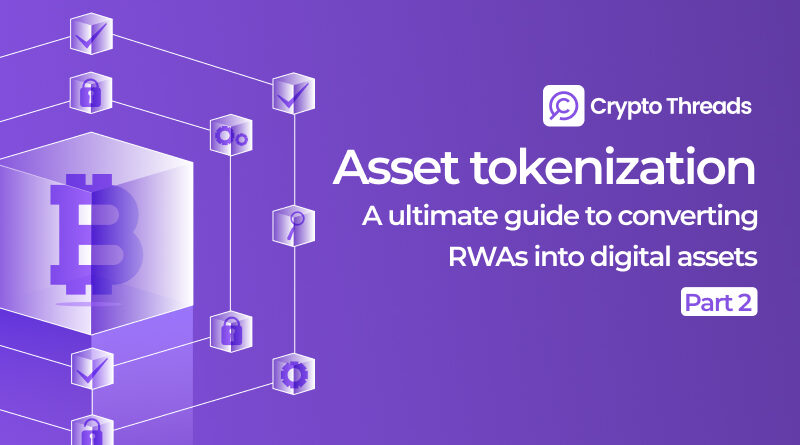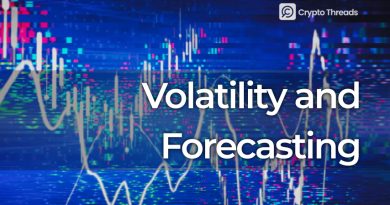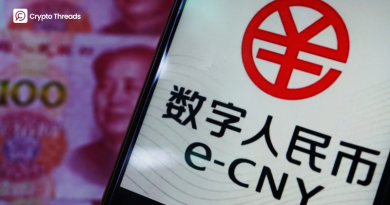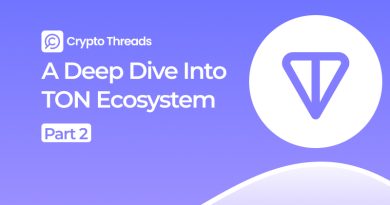Asset Tokenization and the Journey to Transform into Real-World Assets (Part 2)
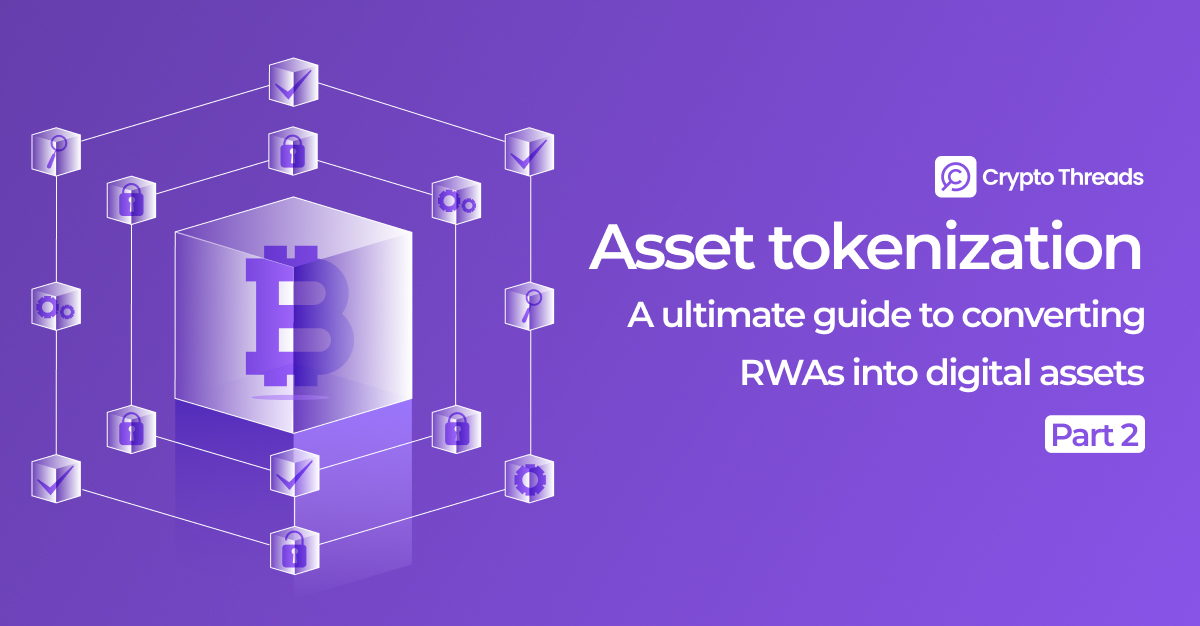
Blockchain and cryptography technologies are at the heart of asset tokenization, guaranteeing a smooth, safe, and effective procedure. These solutions preserve transparency, security, and operational comfort while facilitating the digitalization and administration of both tangible and intangible assets.
The Technology Behind Asset Tokenization
Instead of a traditional record-keeping system, a blockchain is a decentralized network that stores data (in blocks) that are linked together. Blockchains do this using cryptographic protocols that provide transparency, security, and immutability of transactions. Additionally, smart contracts facilitate the automation of many processes that cryptocurrencies may require, such as token issuance, transactions, and enforcement of compliance standards, eliminating the need or reducing the reliance on intermediaries and allowing for faster and more efficient transactions.
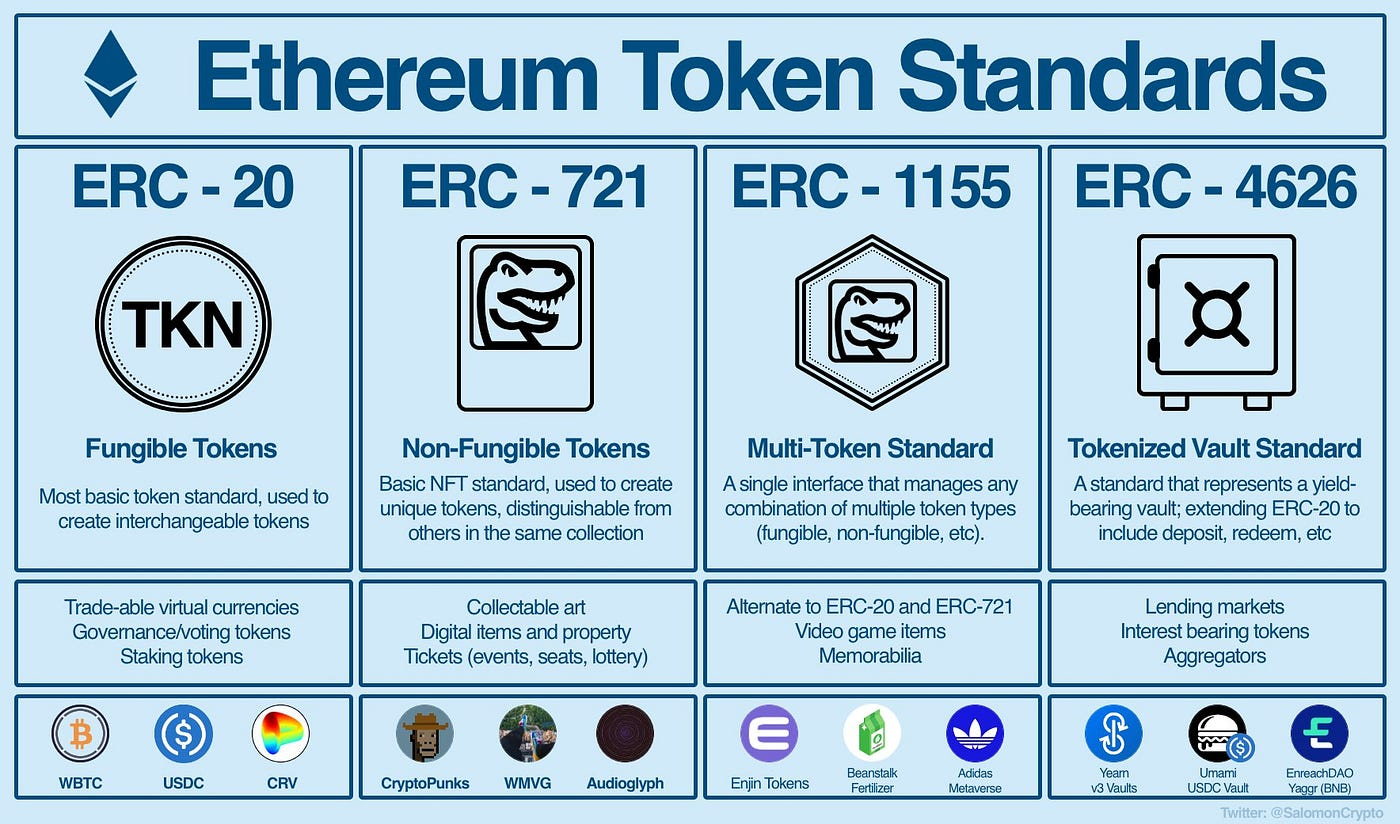
The Complete Guide of Ethereum Token Standards (Source: Block Magnates)
The token needs to comply with a standard that brings in uniformity and compatibility between blockchain platforms, allowing tokenized assets to interact in ecosystems. ERC-20 is the most common fungible token standard for Ethereum, and ERC-721 is what’s used for unique, non-fungible tokens (NFTs), such as those used for digital art and real estate. ERC-1155 allows for the creation of fungible, non-fungible, and semi-fungible tokens in a single contract, and ERC-1400 adds compliance-oriented methods and events for security tokens. Solana’s SPL token standard and Metaplex for NFTs are optimized for scalability and cost-efficiency, making Solana ideal for tokenizing assets. Binance Smart Chain supports similar standards, including BEP-20 for fungible tokens and BEP-721 for NFTs, tailored to its ecosystem’s needs.
Blockchain’s isolated nature creates a need for data oracles, which serve as a bridge between blockchains and external systems. Oracles provide reliable, accurate information from off-chain environments, enabling smart contracts to function effectively. Since blockchain is purposefully disconnected from external resources to preserve its security and consensus protocols, oracles play a critical role by injecting trusted real-world data, such as stock prices, property valuations, and exchange rates, into the blockchain ecosystem.
Asset Tokenization Use Cases
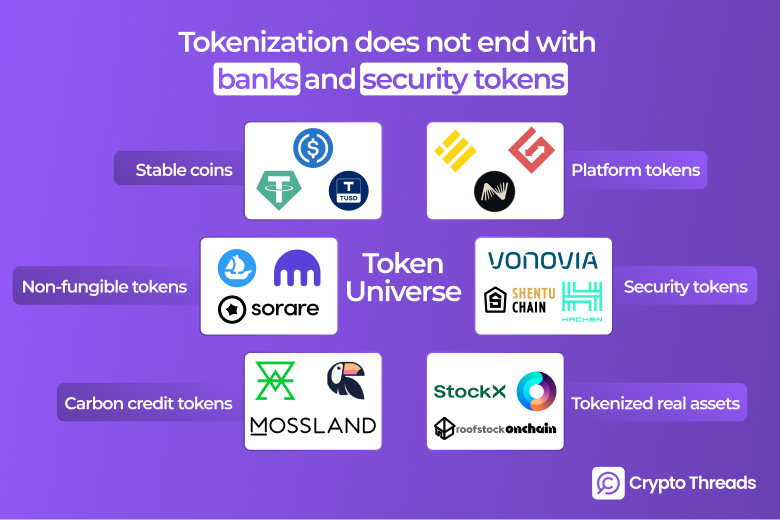
Top Tokenization Use Cases
Through this tokenization process, real estate can be fractionalized, opening up the market and allowing more accessible ownership and more efficient transactions. Real estate transactions have traditionally required a large amount of capital or a large loan, which has created a high barrier to entry. Fractional ownership makes real estate more accessible Tokenization breaks down these barriers, as it allows for fractional ownership, making it easier for investors to buy and sell shares of real estate. These tokens allow for an inherently global trade and a safe, seamless way to invest in real estate. In addition, the blockchain guarantees transparency and immutability of records, thus lessening the need for intermediaries and lowering transaction costs.
USDT and USDC are two of the first examples of tokenized RWA in the form of big stablecoins. Stablecoins, pegged to reserves like bank deposits or gold, serve as a stable medium of exchange amid volatile cryptocurrency markets. Tokenized treasuries have gained momentum as well, due to the rise of the US treasury yields and demand for low-risk returns. Ondo Finance and OpenEden are front-running the wave and the value of the tokenized treasuries market has expanded from $726 million to $2.3 billion year-over-year. Institutional players like BlackRock have also entered the space with their BUIDL Fund, which has quickly become the largest tokenized treasury issuer, demonstrating the sector’s growing institutional appeal.
Art can also be tokenized, allowing investment to be spread over different shares of expensive, high-value works. This removes the geographic barrier, so people across the globe can invest in art without the need to be there with their own eyes. Moreover, NFTs protect the intellectual property rights of the artwork and enable them to receive royalties from secondary sales. Tokenized art, which is powered by blockchain, is making this profitable sector more transparent, secure, and accessible.
Challenges and Risks in Asset Tokenization
It has the potential to transform industry; however, asset tokenization still faces some big hurdles. The most imminent challenge is regulatory uncertainty, as many countries currently have no clear guidelines on how to regulate digital assets. This lack of clarity makes compliance and cross-border transactions difficult and exposes issuers and the purchasers to possible risks. In addition, tokenized markets thrive on adoption and liquidity. Developing active and liquid markets for tokenized RWAs can be challenging without adequate investor confidence and a conducive ecosystem.
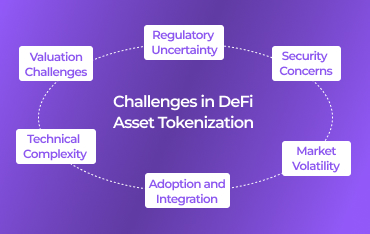
Challenges in DeFi Asset Tokenization
Security risks are another major challenge, with DeFi protocols facing cyberattacks that have caused substantial financial losses. Such threats, combined with the often overzealous security practices, may discourage participation in tokenized markets. Additionally, shooting traditional assets into the blockchain is an operationally heavy process and requires tools, infrastructure, and expertise. Valuation difficulties so reach in an extra layer of challenges, particularly among niche or illiquid asset classes where there are opportunities for price fragmentation and sudden volatility can hit.
Last but not least, a key issue is the lack of education about tokenization. Building, valuing, and managing tokenized RWA is an education in process and an expert function. It is imperative to bridge this knowledge gap in order to foster adoption and sustain tokenization projects.
Tokenization is likely to redefine the global markets as the technology and regulatory landscape is still developing. This transition, if done properly, can democratize access, increase efficiency, and at the same time provide safe and transparent investment opportunities for all—as long as it overcomes the challenges ahead.
